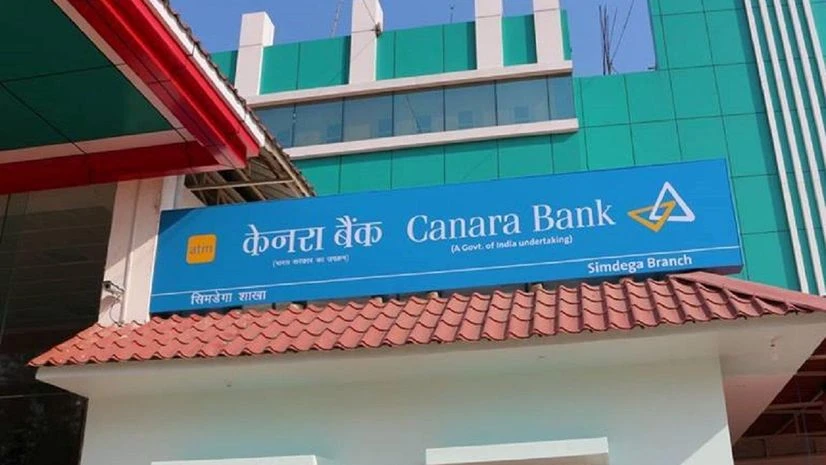)
State-owned Bank of India has also received board approval to recruit 1,300 apprentices in phases. Photo: Wikimedia Commons
Several public sector banks are hiring apprentices for the first time through their apprenticeship programmes to improve customer relations in semi-urban and rural areas, amid a gradual decline in the workforce over the years.
Recently, Union Bank of India, Canara Bank, and Indian Overseas Bank announced that they would recruit 500, 3000 and 550 graduates, respectively under a year-long apprenticeship programme for a stipend of up to Rs 15,000. According to executives from these banks, they are hiring apprentices for the first time.
Click here to connect with us on WhatsApp
Bank of India has also received board approval to recruit in a staggered manner 1,300 apprentices, who are likely to be deployed in customer relations, which, according to an executive from the lender, are becoming crucial, especially for liabilities mobilisation.
“The (apprenticeship) programme focuses on deploying apprentices in semi-urban and rural branches to enhance customer relations. They will work to understand customer needs and address issues, aiming to improve customer satisfaction,” said K Satyanarayana Raju, MD & CEO, Canara Bank.
While there is no obligation on banks to absorb them on completion of their programme, the experience gained is expected to help apprentices get opportunities in the financial sector in the future, said a senior executive from a public sector bank.
The banks can use these apprentices in areas where they have a shortage of employees, especially in attending to grievances of customers such as senior citizens, and share the workload of bank employees who are under pressure, he said.
They will be mostly recruited in their hometowns where they will help provide better services, he said.
The move is in line with the government’s Apprentice Act, another senior executive at a public sector bank said, adding that apprentices may also be deployed for the banks’ back office functions during their training.
Under the Apprentices Act of 1961, it is obligatory on the part of enterprises with a manpower strength of 30 or more to engage apprentices in a band of 2.5 per cent to 15 per cent of their total staff strength (including contractual staff).
“Banks assign apprentices to roles on both the asset and liability sides, with a stronger focus on the asset side due to its lower risks, fewer compliance requirements, and a more practical learning curve,” said Dhriti Prasanna Mahanta, Vice-President & Business Head, TeamLease Degree Apprenticeship.
Mahanta said that apprentices are also involved in various functions such as recovery, collection, operations, document verification, and loan processing, all of which comply with the Reserve Bank of India (RBI) regulations.
“These areas provide apprentices with hands-on experience, enabling them to develop essential skills while contributing to key operational aspects of the bank, including credit assessment, customer service, and risk management,” he added.
State-owned banks are recruiting apprentices at a time when their workforce is reducing gradually every year. Since FY14, such banks cumulatively have seen a reduction of 96,134 employees while the employee strength of their private sector peers has jumped 2.8 times.
According to the latest data by the RBI, state-owned banks had an employee strength of 764,679 at the end of FY24, while private sector banks employed 846,530 people. In FY14, state-owned banks had 842,813 employees against 303,856 in private banks. During this period (FY14-FY24), the number of state-owned banks has decreased to 12 due to mergers, while the total number of private sector banks stood at 21.
First Published: Sep 29 2024 | 1:08 PM IST




)
)




